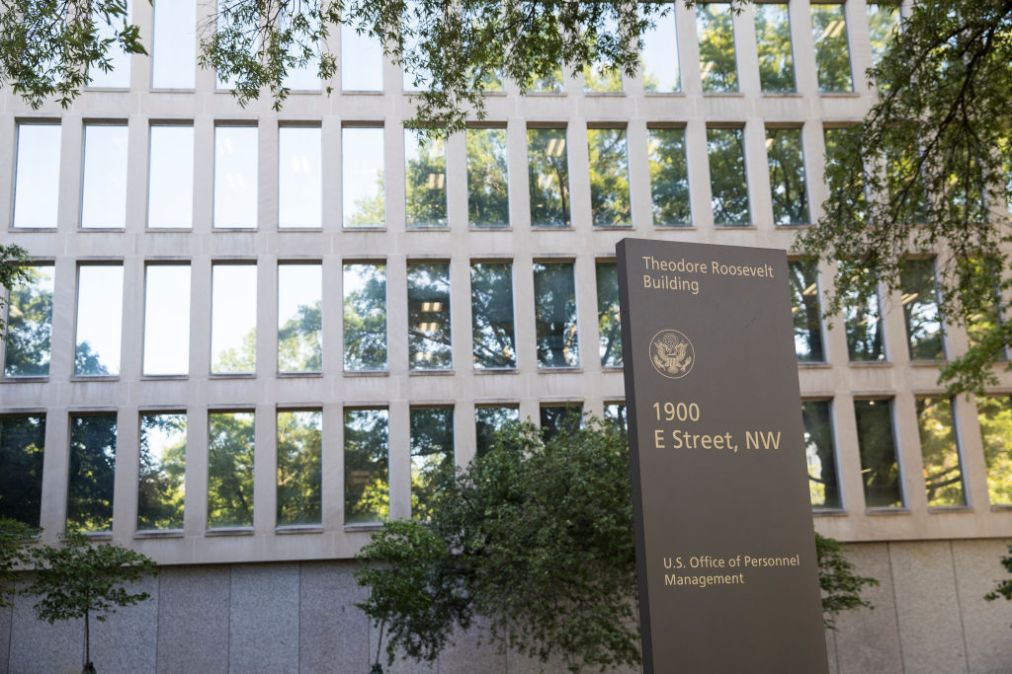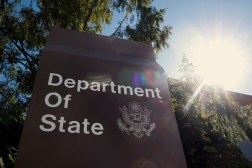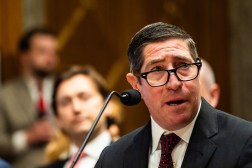OPM, OMB memo sets deadline for agency leaders’ return-to-office plans

The Trump administration is giving agency leaders two weeks to submit plans for how they intend to comply with the presidential directive to return all eligible employees to full-time, in-person work, the latest salvo in the restructuring of the federal workforce.
In a memo sent to agency heads Monday, the acting directors of the Office of Personnel Management and the Office of Management and Budget set a Feb. 7 deadline for return-to-work implementation plans, which will be reviewed and approved by OPM and OMB.
The memo from OMB’s Matthew J. Vaeth and OPM’s Charles Ezell directs agency heads to describe in their implementation plans what steps will be taken to amend telework agreements and share timelines for the in-office returns of eligible employees, including the date that their agency will be in total compliance.
The plan should also list any “risks, barriers, or resource constraints that would prevent the expeditious return of all eligible employees to in-person work,” the memo states, citing budget and the availability of “suitable” office space as examples. A plan to “overcome those barriers” should also be included, OMB and OPM leaders said.
Agency heads are also asked to describe their offices’ process to determine exceptions to in-office work, such as having a disability or another qualifying medical condition. The memo leaves the door open for exceptions based on other “compelling reasons,” with the criteria for that designation to be clearly stated in the plan. Military spouses who work remotely are mentioned as one example of a “discrete category” that could rise to the level of a “categorical or indefinite” exemption.
Finally, Vaeth and Ezell order agency leaders to describe the steps their agencies plan to take to “bring any relevant” collective bargaining agreements into compliance with the return-to-work presidential memorandum. That element of the implementation plan, Vaeth and Ezell write, should be “consistent with applicable law” and include “an examination of the process by which agencies put new” collective bargaining agreements into place over the past four years.
Russell Vought, President Donald Trump’s nominee for OMB director, foreshadowed the agency’s interest in such agreements during his Senate Homeland Security and Governmental Affairs Committee confirmation hearing earlier this month.
“We’re going to take a look at the collective bargaining agreements,” he said. “Obviously we’re aware of the extent to which the Biden administration is locking in or attempting to bind the Trump administration with the CBAs that last an extended period of time. I don’t have anything to announce, other than to agree with [Sen. Joni Ernst, R-Iowa] that it’s a concerning phenomenon, and one that we are looking at very closely.”
The memo notes that the preparation of these plans should be guided by three overarching principles: that in-person return to work should be prioritized for employees who can get back to headquarters “expeditiously,” while a more phased-in approach can be taken for remote staffers located more than 50 miles from an agency office; that existing, federally owned or leased space should be maximized before considering any additions to the government’s real-estate footprint; and that the grouping of workers who perform similar duties or job functions should be considered for new duty stations or reallocated internal space.






